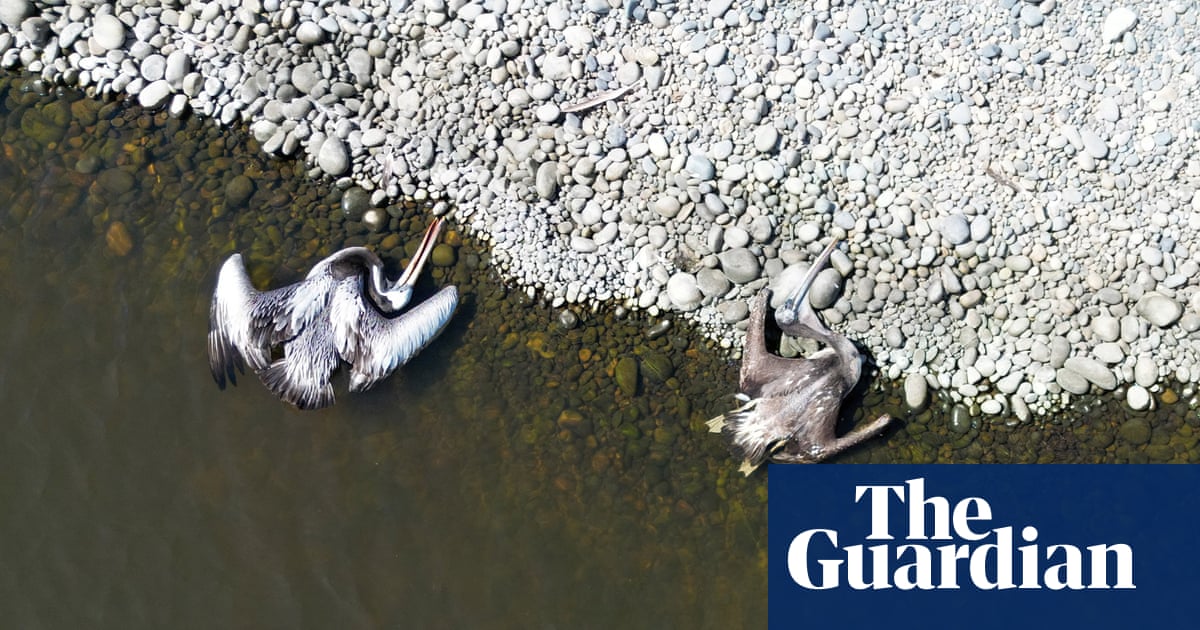- cross-posted to:
- [email protected]
- [email protected]
- cross-posted to:
- [email protected]
- [email protected]
Bird flu poses a threat that is “unique and new in our lifetime” because it has become a “‘panzootic” that can kill huge numbers across multiple species, experts warn. For months, highly pathogenic bird flu, or H5N1, has been circulating in dairy farms, with dozens of human infections reported among farm workers. It has now jumped into more than 48 species of mammals, from bears to dairy cows, causing mass die-offs in sea lions and elephant seal pups. Last week, the first person in the US died of the infection.
This ability to infect, spread between, and kill such a wide range of creatures has prompted some scientists to call H5N1 a “panzootic”: an epidemic that leaps species barriers and can devastate diverse animal populations, posing a threat to humans too. As shrinking habitats, biodiversity loss and intensified farming create perfect incubators for infectious diseases to jump from one species to another, some scientists say panzootics could become one of the era’s defining threats to human health and security.
Ed Hutchinson from the MRC-University of Glasgow Centre for Virus Research says: “It is really hard for infectious diseases to effectively stop being specialists and move over into a new species. So when that happens, it is striking and concerning.”


